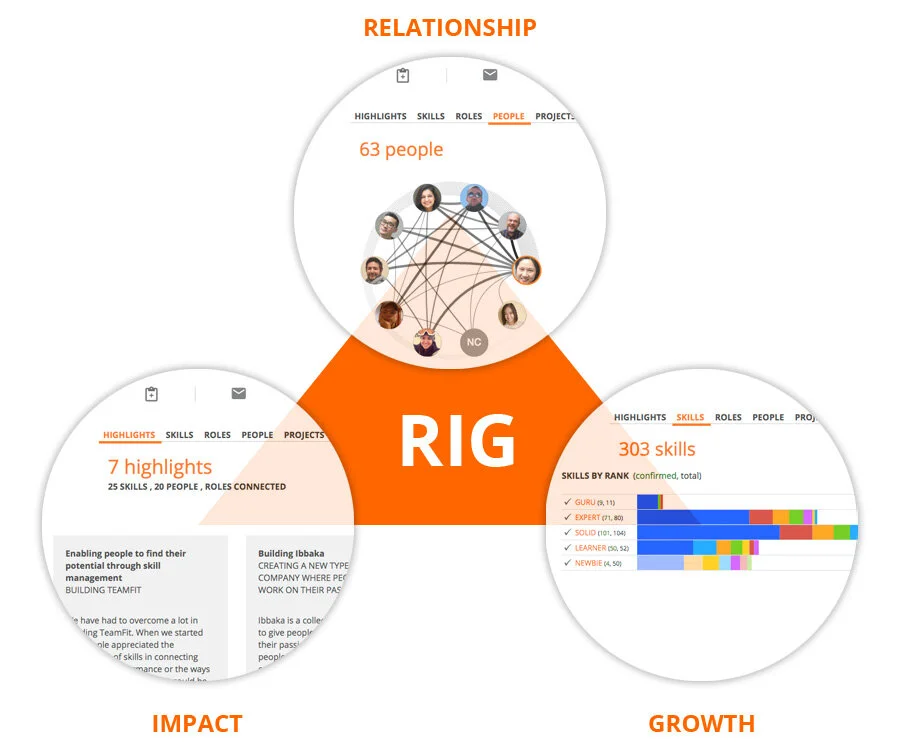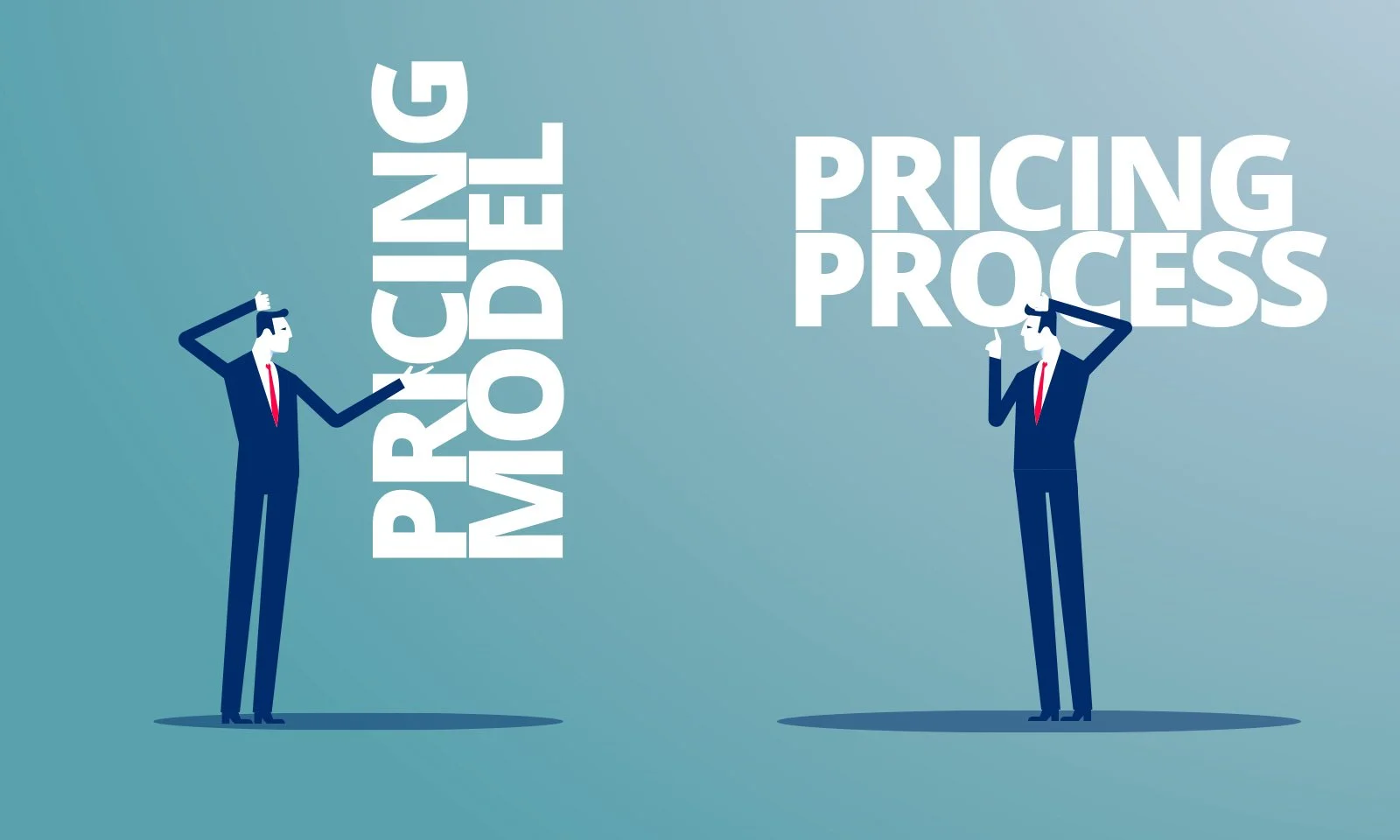Connecting skills and purpose - mapping skills to your RIG
Steven Forth is a Co-Founder of TeamFit. See his Skill Profile.
The HR Transform conference is on in Las Vegas this week. There is an emerging consensus that HR is at a crossroads and that before it can help to transform the organization it needs to transform itself. On Tuesday Arthur Woods from Imperative led a pair of compelling workshops on building the Purpose-driven organization and having a purpose driven career. Most of us are most engaged and effective when we find purpose in our work. This is too general a claim to act on though, and the Imperative team has done some deep research into what it means to have a purpose and how this is different for different people.
They have boiled down Purpose into three vectors. These are deeply embedded in human evolutionary psychology.
The three vectors of purpose are
Relationship - to survive we have to part of a group, our tribe, and we have a deep loyalty to our tribe and the people we work with most closely.
Impact - we want the work we do to make a difference.
Growth - we want to be getting better and better at what we do, so that we can make an impact and contribute to our tribe.
The purpose is framed by our relationships, the impact we have and how we are growing.
Another great impact from this work is that different people will want to have an impact at different levels. Some of us want to have an impact primarily on other people, others will be more focused on the team or organization, while others are more concerned with the social or larger community.
When you are working with a person whose primary concern is to impact individuals, and to help them with their work, KPIs that focus on the organization will not resonate. The same is true when you are concerned mostly with organizational success and your partner cares most about the larger social impact. When coaching someone, or providing them with feedback, it is critical to put your comments in the context that connects with that person. Too often we coach from our own perspective. If I am a person who wants to have an impact on larger society I am likely to filter my feedback through that lens. If the person I am coaching is more concerned with the impact they are having on other people my advice will likely miss the mark.
How does purpose relate to skill management?
The TeamFit design seems to align well with the RIG approach. Look at the core concepts in TeamFit: Highlights, Skills, Roles, People, Projects.
These can be mapped to Relationships, Impact and Growth.
Relationships - TeamFit calls out relationships in two ways. The obvious one is the circle of people you work with. Beyond that, TeamFit makes it easy to suggest skills for people. A kind of gift giving. In many cases, the people we work with understand our skills better than we do ourselves.
Impact - In today's team-of-teams companies, most of us have impact through the teams we work on. TeamFit is a great way to track the projects you have worked on and the impact these projects have had. Sometimes we want to call out the most important work we have done, or something that has shaped our career. We call these Highlights (you can see the seven highlights of my career here) and you can connect skills, people and projects to your highlights.
Growth - The skill map shows how your skills have grown across the work you have done. We also let you mark skills as Core, the skills that are key to your work, and Target, the skills where you want to grow your capabilities. We are planning to add a timeline to this so that people, teams and organizations can see how their skills have changed over time.
We all want purpose in our lives, and for many of us, work is one place we find purpose. The Relationships, Impact and Growth (RIG) model gives us a way to talk about the kind of purpose we want to have. We will be using this at Ibbaka as we move forward, and looking for even better ways to weave purpose into skill management.









